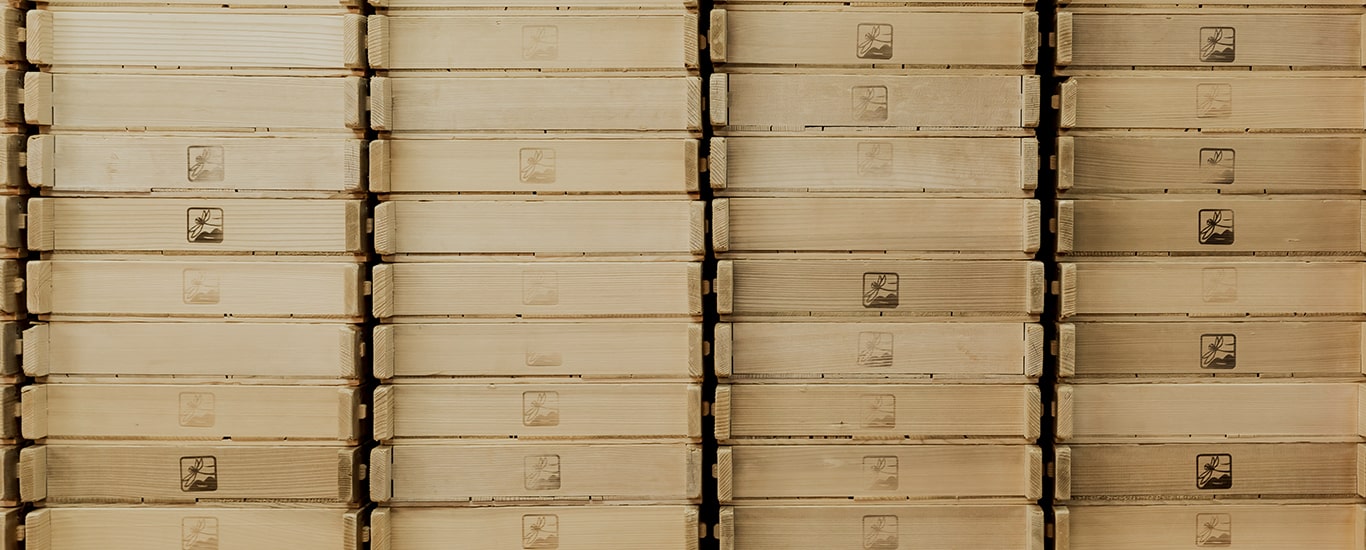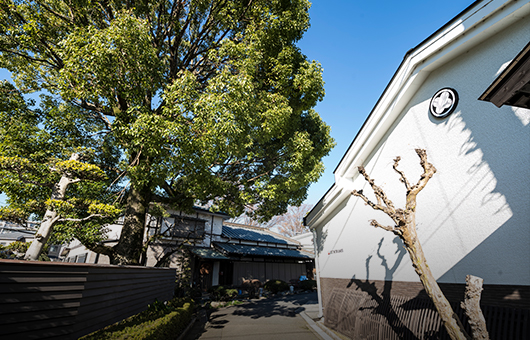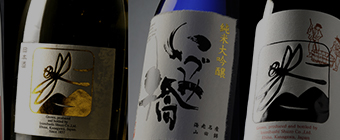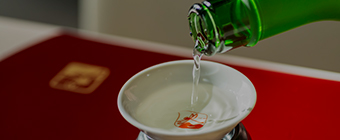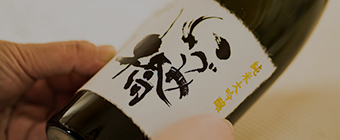泉橋 純米大吟醸~TONBO 20~ 新登場
IZUMIBASHI JUNMAI DAIGINJO ~TONBO 20~
目次
- A message from the Owner.
- The story of the beginning of the Dragonfly Mark
- The secret story of the birth of the Dragonfly Label.
- A message from the Toji.
- A video about the cultivation of sake rice.
- A product data of “TONBO20”
- What is “NFT tag”?
●A message from the 6th generation Owner, YUICHI HASHIBA.
●The story of the beginning of the Dragonfly Mark.
The beginning of the Dragonfly Mark dates back to when we started growing rice.
I’ve always enjoyed calligraphy (not that I’m particularly skilled at it), and often wrote New Year’s cards, letters, and thank-you notes with a brush. Even in my first job, the new employee training program included writing letters with a brush and scroll as a tool for new business development. So, when I joined Izumibashi Brewery, I continued to use a brush pen for New Year’s cards and thank-you notes.
Therefore, I wanted a cool “signature stamp” associated with calligraphy. Moreover, in 1995, we had just created a new logo for “Izumibashi,” and I wanted a signature stamp that would complement this new logo.
At that time, we had just started cultivating sake rice in the rice fields, where you encounter various animals and plants, especially insects. Among them, the “red dragonfly” stood out as particularly cool, friendly, and courageous, always moving forward. I think that’s when I had the idea to use the red dragonfly as the design for our signature stamp.
Additionally, I was thinking about agricultural practices. If we used too many pesticides, it would kill the dragonflies. It’s important not to recklessly harm the wildlife, like dragonflies, living in the rice fields. We need to practice environmentally friendly agriculture that preserves our ecosystem.
Back in May 1995, I got married, and my wife Yuki’s uncle, Mr. Kenji Ozawa, was skilled and multi-talented, known for his proficiency in the second oldest Chinese script style, “Seal Script (篆書体).” After the major renovation of our brewing warehouse in 1996, he generously created the signs for each production room and the Sake Tomokan for free. We were greatly indebted to him.
Naturally, I asked Uncle to create a signature stamp featuring a dragonfly gently resting on a rice plant. At that time, Uncle was still active and must have been very busy. As expected, the requested signature stamp took a long time to complete.
So, I turned to Takakuwa Art Printing, with whom we still have a relationship, to create a design featuring a dragonfly flying against the backdrop of Mount Daisen. The dragonfly mark that was finished first and used as a simpler, alternative option to the originally requested stamp became our current dragonfly mark.
Since then, we have started using this dragonfly mark on letters and our sake labels. This was the beginning of the “Dragonfly Mark.”
“The familiar Dragonfly Mark. We have now obtained trademarks for it not only in Japan but also around the world.”
The dragonfly signature stamp image that was originally intended to be the design.
The use of the Dragonfly Mark as a seal (stamp).
●The secret story of the birth of the Dragonfly Label.
It was the end of 2002. Mr. H, the president of a liquor store in Fujisawa City, suddenly visited our brewery one night. Upon hearing his story, it turned out that he was going to be featured in the March issue of dancyu magazine’s sake feature and planned to be photographed holding a one-liter bottle of sake on each side. He asked if we could create a product with a new, catchy label. It was a grateful request from a liquor store that had always supported our brewery.
*dancyu is a Japanese magazine that features content related to cooking and alcohol.
So, in the limited time we had, we discussed what to do. As a result, we decided to use the “Dragonfly Mark,” which we had been using as a signature stamp, as the label. It was something I had also been thinking about turning into a label someday.
What about the contents of the sake with the Dragonfly Mark?
With the label design decided, the next question was naturally what the contents of the sake should be. Since this request came out of the blue, there was nothing in our production plan, nor was there any plan for a new product. Furthermore, we needed something novel, so we pondered what to do.
As a result, we decided to produce the sake using a method called “FUNABA JIKAZUME MUROKA NAMA GENSHU,” which involves bottling the sake directly from the vat just after it comes out, without any filtration or processing.
The unveiling of the “Red Dragonfly” sake in Dancyu magazine:
We requested a sample for the label’s photoshoot from Takakuwa Art Printing the next day, and a few days later, it was successfully photographed. Interestingly, as of 2022, T liquor store is said to still keep the bottle of sake used in that photoshoot.
At that time, Dancyu magazine, published by President Inc., had an annual tradition of featuring a special issue on Japanese sake in their March edition (released in early February), drawing attention from sake breweries, liquor stores, and restaurants nationwide.
In the March 2003 issue, T liquor store was featured, and it marked the debut of the unique insect-themed label “Red Dragonfly” in the Japanese sake industry.
Following the publication, along with numerous inquiries, T liquor store generously did not keep this label’s sake exclusive to their store. In 2003, about 300 bottles of the “born” dragonflies, as it were, found their way from the nest. Since then, this Dragonfly Label has become one of the essential faces in the sales operations of Izumibashi Brewery.
●A message from the Toji.
●A video about the cultivation of sake rice.
We recently made a video about our sake rice cultivation.
●A product data of “TONBO20”
【Ingredients】 米 (rice) and 米麹 (rice koji), both sourced from domestic (Japanese) production.
【Rice】Yamada Nishiki sourced from Ebina, Kanagawa
【Rice Polishing Ratio】20%
【Sake Meter】-6
【Acidity】1.5
【Amino Acidity】1.1
●What is “NFT tag”?
NFC stands for ‘Near Field Communication,’ referring to a communication standard. It is equipped not only with product information but also with features for ‘authenticity verification’ to protect the valuable product brand and ‘tamper detection’ to prevent switching of contents. In order to ensure that the special product TONBO20, shipped from Izumibashi Brewery, reaches you safely, we have decided to attach NFC tags to the products.


